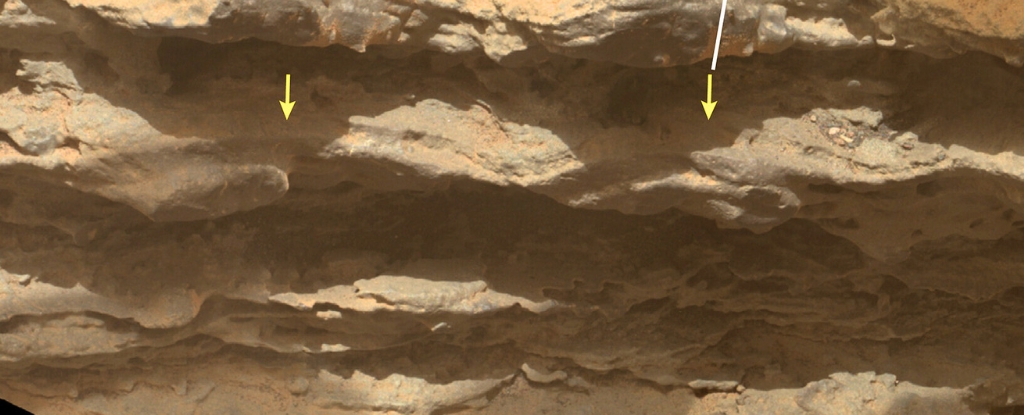NASA’s Curiosity rover, which has been exploring Mars since 2012, recently found evidence of ancient, ice-free ponds and lakes on the planet’s surface, particularly in Gale Crater. Researchers discovered ripples that formed 3.7 billion years ago, believed to have been created by wind moving water over sediment. This indicates that the body of water was once exposed as a liquid, suggesting a warmer, denser atmosphere on Mars. The ripples’ characteristics imply the lakes were shallow, likely less than 2 meters deep. This discovery provides significant insights into Mars’ ancient climate and potential habitability, marking a key advancement in understanding the planet’s history. Further research is needed to explore the prevalence of such features on Mars.
Source link


